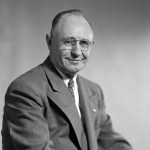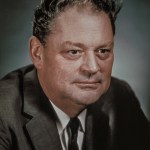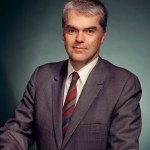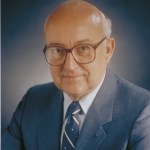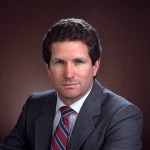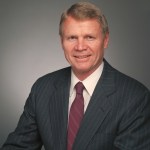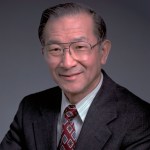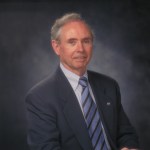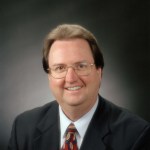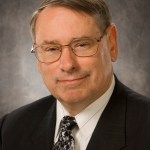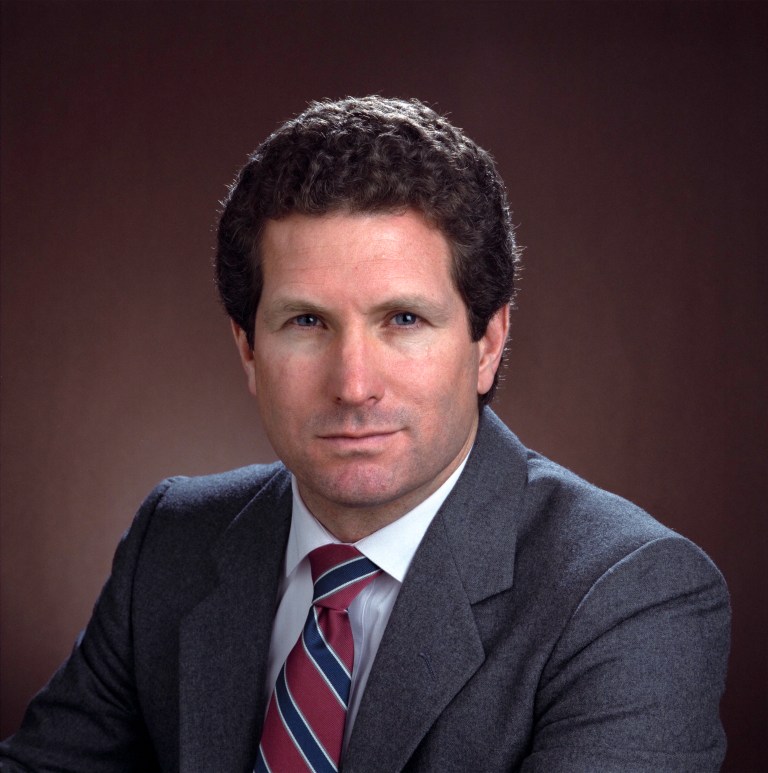
William F. Ballhaus, Jr.
Former Center Director at NASA’s Ames Research Center
Dr. William F. Ballhaus, Jr. served as the fifth Ames Center Director, from January 16, 1984 to February 1, 1988 and again from February 1, 1989 to July 15, 1989 following a year at NASA Headquarters as NASA’s acting Associate Administrator for Aeronautics and Space Technology.
Ballhaus began his aerospace career at Ames in 1971, working as a research scientist until 1979, when he assumed the leadership role for the Applied Computational Aerodynamics Branch for a year. He then succeeded Dean Chapman as the Director of Astronautics from 1980 to 1984, just prior to his tenure as Center Director.
Ballhaus contributed to major advancements in the relationship between computational fluid dynamics and supercomputing during his years at Ames. He arrived at Ames through the Army’s Air Mobility Research Development Laboratory, which engaged in a long-term collaboration with NASA that Director Hans Mark championed. As a researcher, Ballhaus developed new and more efficient algorithms, taking advantage of developments in computing technology and advancing CFD codes from two dimensions into three. As director, Ballhaus ensured the completion of the Numerical Aerodynamic Simulation facility at Ames, which firmly established the center as a world-leading institution in applying supercomputing to not just aerospace applications, but the burgeoning fields of computational chemistry and nanotechnology.
After his work at NASA, Ballhaus accepted a position as Vice President for Space Launch Systems at Martin Marietta. He also led its Civil Space and Communications Division as well as its Aero and Naval Systems Division. He spent over a decade with the company. After its merger with Lockheed, he was the corporate Vice President for Engineering and Technology from 1994 to 2000. He then spent over six years as President and CEO of the Aerospace Corporation.
Ballhaus is an alumnus of the University of California, Berkeley, where he earned his bachelor’s, master’s, and PhD degrees in engineering. Among his many academic and professional accolades, his work at NASA was recognized with a Presidential Rank Award as Distinguished Executive, a NASA Distinguished Service Medal, a Distinguished Executive Service Award from the Senior Executives Association, and the H. Julian Allen Award.
























